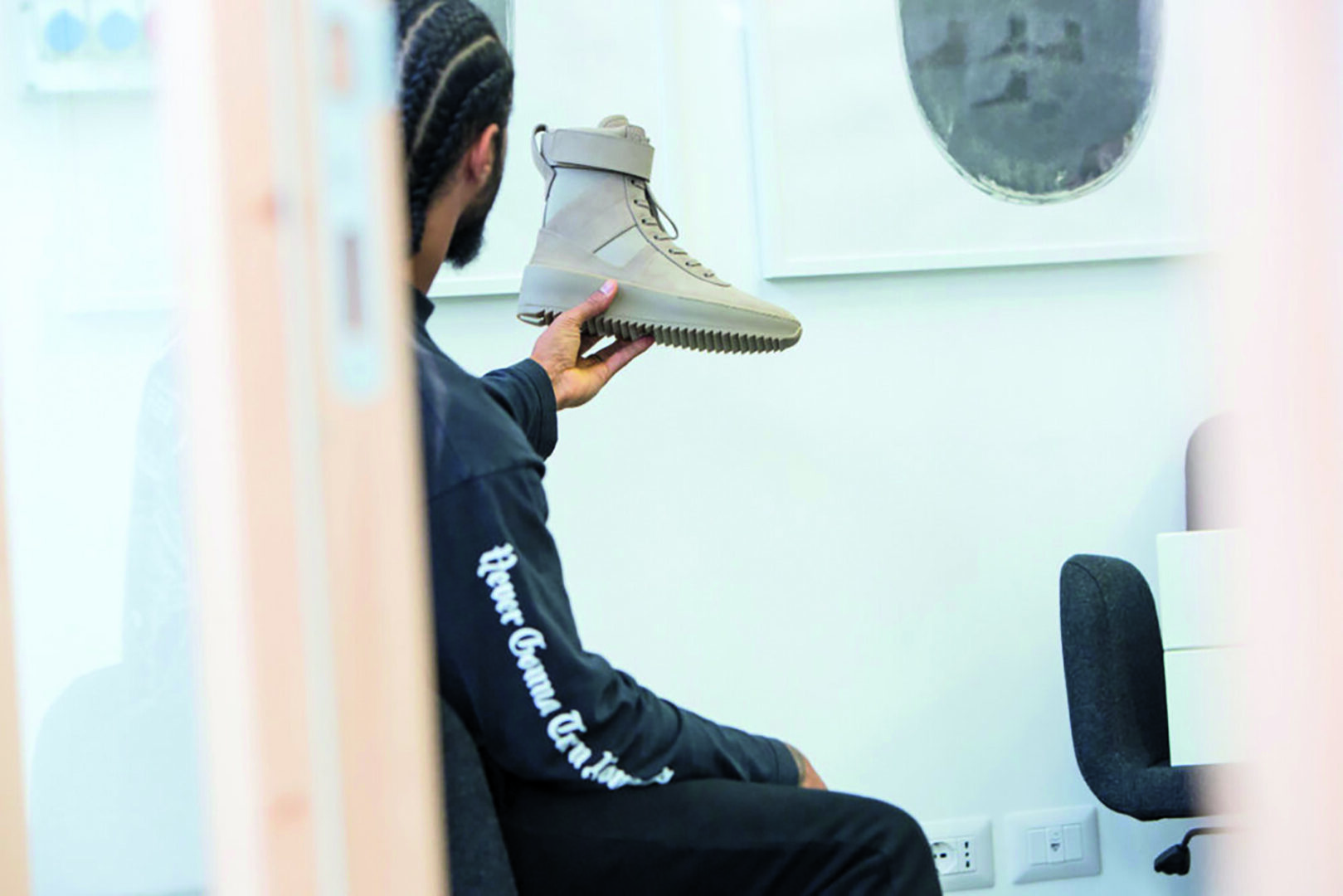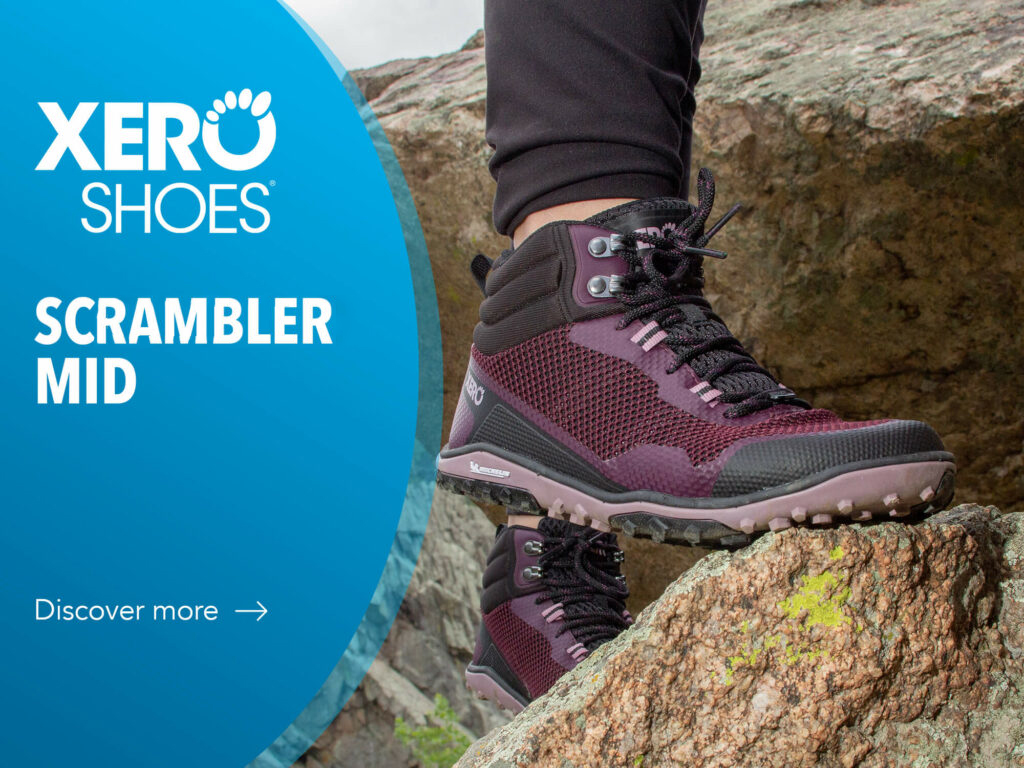Do your feet always hurt? Do you want to make your walk more comfortable? Orthopedic shoes are the solution for you. These can significantly relieve foot pain and more.There are different types because their design is suitable for specific conditions, foot shapes and widths, activities, and more. Read on to help you make the right choice.
Supporting Foot Health with Orthopedic Shoes
Orthopedic shoes are footwear that is designed with the goal of promoting optimal foot health. The word “orthopedic” comes from two Greek roots: ortho, which means correct, and pedic, which means foot. So orthopedic shoes are good for your feet by definition! They are designed to treat specific pain conditions, such as plantar fasciitis, neuropathy, and calluses.
If your feet are healthy, this type of footwear can still benefit you, promoting proper biomechanical movement, supporting and cushioning your feet, and relieving or eliminating any pain. In other words, they prevent foot pathologies but are also good for ankles, legs and back!
Not to be confused with the orthosis, i.e. a brace, a personalized medical device for shoes, designed to modify abnormal functional or structural characteristics of a person. Orthopedic shoes, on the other hand, are real footwear, made to relieve pain and offer support to various foot pathologies.

Photo credit: Skechers website
Recognize common pathologies
Every day we subject our feet to intense physical activity. It’s hard to focus on the day’s activities having discomfort, or even worse, pain in your feet. If you play a sport regularly, they need to support an even greater number of steps. Therefore, it is very important to choose good quality footwear to protect them.
If you suffer from foot pain or other problems, it is even more important to find suitable shoes that bring relief and do not worsen the condition. Here are some examples of common foot conditions.
Hallux valgus: This is a bony bump that forms at the base of the big toe. It can cause swelling and irritation of the big toe and make it sensitive to the pressure of tight shoes or even make it difficult to find shoes. It occurs when the bones of the big toe or pinky finger are not aligned correctly and consequently do not extend in a straight line. The tendency to develop this type of problem is familial, because you inherit the type of foot, not the hallux valgus itself.
Plantar fasciitis: This is the repeated stress on the band of tissue under the foot that causes heel pain. The plantar fascia acts as a shock absorber when walking, but over time, it can become damaged due to excessive weight and pressure on it. It is more common in older ages, as the ligament wears out over time. Flat foot is one of the main causes of this disease.
Flat feet: When the entire base of your foot comes into contact with the ground, you are most likely to have flat feet. They are often associated with overpronation, which is excessive inward rotation of the ankle. In this way, the foot holds a high level of pressure and body weight as it moves, to the point of causing a wide range of diseases, including knee and back problems. The main risk factors are genetics and how the feet develop during a young age.
Arthritis: It is a disease that affects the joints. The cartilage degenerates and the bones rub against each other, causing swelling, joint pain, stiffness, and an inability to perform basic activities. As a progressive disease, the condition tends to worsen with time. With arthritis, a deformity can develop in the joints of the feet and therefore they do not fit easily into normal shoes.
Selecting the Right Orthopedic Shoe
Undoubtedly, the main purpose of orthopedic shoes is pain relief. They are specifically designed to alleviate the discomfort of foot pathologies. As a result, proper alignment of the feet can lead to better posture and mobility, finding that you can walk or stand for longer periods without discomfort.
The benefits are unique and vary depending on the pathology of the foot.

Photo credit: Skechers website
Hallux valgus: When looking for shoes to wear in case of hallux valgus, you need to find a pair with a loose fit. There should be enough space to allow your fingers to move with ease. The flexibility of the upper is also important. Pay attention to the description of the products to make sure that the shoe is made of materials that give the shoe elasticity: soft leather, leather or neoprene, i.e. a synthetic and flexible rubber. The best choice is memory foam, a material that adapts perfectly to the size of the foot to ensure maximum comfort.
Plantar fasciitis: in this case, the main concern must be comfort and adjustment of the footwear according to the foot. It should not be too tight, not breathable, but not too loose either, so as not to support the foot and make it slide. A soft sole and a good heel cup are indispensable. So, the shoe must curve following the movement of the foot, but at the same time offer support and resistance to the arch of the foot to protect against impacts.
Flat feet: the characteristics to look for in the shoes are breathability, lightness, arch support and a cushioned sole. This type of support ensures that the pressure is distributed evenly over the entire foot and not just the toes or ankle, minimizing foot pain. In fact, it is good that the shoe absorbs shocks with every step. It also prevents blisters from forming.

Photo credit: orthotecnica website
Arthritis: in arthritic patients, perfect and comfortable footwear is essential. Make sure that your foot has a natural angle inside the shoe so that it doesn’t get twisted. Always look for shoes that provide stability, preventing your foot from slipping too far forward while walking. If you also suffer from arthritis in your fingers and knuckles, opt for shoes without laces.
Steps towards comfort and health
Orthopedic shoes are, therefore, an excellent remedy to alleviate the discomfort of foot pathologies. In addition, proper alignment of the feet can generally lead to better posture, laughing at any strain on the back and joints.
This way, you can do any standing activity for longer periods and without discomfort. Many orthopedic shoes are customizable according to individual needs, it is important to know how to choose the most suitable ones. Some features are present in all footwear, while others are more specific.

Photo credit: podostudio website
A suggestion we can give you is to try on the shoes in the evening, since during the day your feet keep to swell and this way you will have a better idea of how you will feel at the end of the day.
Undoubtedly, orthopedic shoes are more expensive than regular ones, but the investment will be worth it!
You may also be interested in the following articles:

Shoe Care: best tips for Daily Cleaning and Maintenance
Do you prefer a dress shoe or a casual shoe? No matter, we have advice for everyone!

The sneaker will never die
Search N Design experts analyze the health of the footwear style that has dominated the market over the past decade. The only alternative to its dictatorship, far from being affected, are hybrid models.

The Mary Jane: from comic books to catwalks, the most desired shoes of every season!
We explore the history, evolution and trends of these iconic footwear













































